Intellegencer
Life After Warming
The Political Status Quo Is No Match for Climate Change

There are foreboding climate coincidences every few days now — that is what happens when there is so much bad news emerging, so regularly, that the horrors stack one on top of the next.
Sometimes the horrors are natural disasters, one after the other — as when 500 tornadoes in 30 spring days swept through the Midwest, a region already devastated by months of flooding, or when heat waves were compounded by droughts and water shortages and cyclones in India, each successive event a reminder that, by the end of the century, parts of the planet could be hit by six climate-driven natural disasters at once. Sometimes they’re new studies or reports — global emissions reaching new heights, for instance, powered in part by increased energy demand from air-conditioning to counteract all the additional hot days, each study a reminder that even the most alarming reports about climate change have, over the past few decades, almost invariably underestimated the amount of damage already done.
Other times, they are political, as was the case this week, when it was reported that, in Brazil, forest fires ignited intentionally in the Amazon had resulted in 85 percent more wildfire than had burned through the region just last year, on the very same day that, in the United States, the most powerful country in the world lost its one candidate for president who viewed the climate crisis with anything approaching the urgency the world’s scientific community agrees, universally, is necessary.
The Amazon fires are, as Vox’s David Roberts put it, ”some genuinely apocalyptic shit,” blanketing half of the enormous country in smoke and darkening São Paulo, far from the heart of the rain forest basin, at noon. A new fire is started every minute, many of them coordinated by local ranchers to demonstrate support for Jair Bolsanaro, the country’s grotesque far-right president, who campaigned in part on a promise to open the Amazon up to development — a plan Brazilian scientists forecast would add as much additional carbon to the atmosphere as adding a second China, the world’s biggest emitter, to the problem. “Could one man single-handedly ruin the planet?” I wondered about Bolsanaro’s plan last October, a plan which promised to destroy the ecosystem often described as the planet’s lungs, since the Amazon currently produces about a fifth of the world’s oxygen and absorbs as much as a quarter of all carbon stored by all the planet’s forests. Stored until it is released, that is, whenever trees burn or are cut down and decay. And even before this sudden rash of wintertime fires, the Amazon was being deforested, one recent estimate suggested, as fast as five football fields a minute, or a Manhattan every day. If the rainforest as a whole shrunk by only one-fifth, some scientists believe, it could produce a cascading effect known as dieback, whereby basically the whole ecosystem would collapse, faster than any human effort to replenish it could manage.
In the context of the climate crisis we all see now each day in our newspapers and our television screens, this is unthinkable policy — and yet it is not just being thought but enacted in Brazil. The spectacle has meant that a lot of previous unthinkable responses are now being considered, as well: that the U.S. should declare Brazilian deforestation a national security threat; that the country’s trading partners consider imposing sanctions, and international cooperations consider boycotts; that, rather than Greenland, Trump should consider buying the Amazon. If you squint your eyes hopefully, you can even begin to think it might be possible that a grouping of the world’s countries effectively buy some large portion of the Amazon from Brazil — that is, paying them a very lot of money to protect it as a natural refuge.
These approaches are far enough outside what used to be considered mainstream American policy that just a year or two ago they might’ve passed for jokes or fringe exercises in Overton-window shifting. Which suggests, as almost everything having to do with climate does, that we need a genuinely new kind of politics to hope for meaningfully mitigating the global suffering imposed by warming. In a perverse sense, Bolsanaro’s gambit points the way — that he is doing that much damage to the planet through policy initiative means, in theory at least, policy can do that much or more to move the needle in the opposite direction, if policy-makers only had the courage demanded by science.
Yet Inslee’s failed campaign is a sign that too many of us, even many who consider themselves climate activists, accept the terms of a status quo politics that dramatically limits what kind of action is possible. On Twitter, FiveThirtyEight’s Nate Silver got a fair amount of shit from environmental activists for suggesting that Inslee’s failed candidacy was a sign that, no matter what they said, Democratic voters didn’t really care that much about policy. Silver’s critics are right that Inslee, for all his integrity and seriousness, is not a pure and ideal test case, perhaps an imperfect vessel for climate mobilization, and that, of course, there are many structural reasons his single-minded candidacy couldn’t get off the ground — many of which he talked about with me in an exit interview yesterday. But Silver is also, in a way, right. It is simply the case that those voters who told pollsters they wanted action on climate could not manage to also tell them they’d vote for the one contender who really promised it. Not even enough of them to get him onto the stage in the forums actually devoted to climate — his issue.
Part of this, of course, is a sign of just what a monster lives in the White House today — for liberals of all kinds, but perhaps especially those of us who care particularly about climate. There is a certain logic to focusing on electability when you think the entire republic and the possibility of future liberal progress hangs in the balance. And yet, while he is too often as an object lesson in a “new” politics, given how much random chance helped put him in office, that monster is nevertheless also a reminder that the old rules are sometimes just illusions held in place by ritual. There were plenty of structural obstacles standing in Trump’s way, as well, in 2015. But voters cared enough to overcome them — carrying him at first past thresholds of plausibility, then plurality, and ultimately to the support of nearly half the country’s electorate. At which point, he tried to govern as though he’d been elected by acclamation — which is to say, like a dictator. At the moment, more than 70 percent of Americans are concerned about climate change and Democratic voters in early-primary states say it’s a top priority; even a majority of Republicans who want “aggressive” American action to combat it. But the climate candidate couldn’t even break 2 percent in the primary polling. It’s just sad. And maddening. And distressing. And dispiriting, in a way.
I really don’t mean to be finger-wagging — honestly, I don’t have the standing to, since I can’t even say I behaved much differently myself. Despite spending a good chunk of the last year urging people to reorient their politics around this one preeminent, overarching, existential issue, I also tended to reply, when asked about the Democratic primaries, “On the thing I care most about, Inslee is far and away the best, but among the realistic candidates, I like Warren.”
I do like Warren, a lot. But today I find myself wondering how much I’ve been tyrannized by my own sense of political realism into pretending that we needn’t push climate action at the scale beyond what conventional politics allows. Among Warren’s dozens of admirable and technocratic plans, her relatively modest climate proposals almost get lost. Before dropping out, Inslee released six — each more ambitious than the last, and, as he pointed out to me yesterday, not just a bullet-point list of platitudes but a plug-and-play “governing document,” which could theoretically, at least, be put into action by anyone taking the White House in January 2021.
That’s the “good” news in Inslee’s exit — that any of the candidates can now draw on this policy work themselves. But the glass-half-empty perspective is that, as ambitious as they are, Inslee’s plans may still be inadequate to the challenge. The U.N. says that, to safely avoid catastrophic warming, the planet as a whole would need to halve its carbon emissions by 2030, which would require a global, World War II–scale mobilization against climate change. The secretary-general has said that the mobilization would have to begin this year, 2019. Presumably nations like the U.S. and the U.K. — farther along their development arcs than countries like China or India or Nigeria — would have to move even faster, to buy time for the developing nations of the world to move more comfortably. Inslee’s proposals were of a different scale, more New Deal than World War II — when whole industries were nationalized, factories redirected on a dime, the working-age male population drafted unprecedentedly into warfare and the working-age female population unprecedentedly into labor. It’s very hard to imagine that kind of transformation today, even though that is exactly what the world’s scientists say we must do.
Maybe a New Deal approach will turn out to be enough. It’s one of the compelling claims of the Green New Deal framework that it could be, and that investments of that scale could iron out a whole lot of other kinks in the American political economy besides. The climate system and its human inputs are all so dynamic it’s hard to feel confident in any particular projection, and there are reasons to think given the right pushes in the right directions both private markets and public policy could move quite quickly to stabilize things. It might be especially the case if the U.S. and China both really lean into decarbonization over the next few years — a bit of wishful thinking, perhaps, given that China has approved six times as much new coal production in the first six months of 2019 as it did in all of 2018. But Inslee’s plans also feature an approach to that problem, the international one, proposing an integrated American foreign policy built around the principle of climate change and deployed to lead the rest of the world much more ambitiously than it ever has before.
Of course, those projections could be off in the other direction, too — in other words, we could need a lot more than a global World War II–scale mobilization to avoid catastrophic warming. And as much progress has been made over the last year — politically, with the climate strikes and other protest movements, and policy-wise, with Denmark and the U.K. setting ambitious emissions reductions targets — it’s hard not to watch footage of the Amazon burning as Inslee bows out and not lose a little hope. We simply don’t have time to wait much longer.
Thankfully, we didn’t need to wait very long to get a new climate candidate. On Thursday, barely 12 hours after Inslee exited the race, Bernie Sanders unveiled his own climate plan — which, at least judged by the size of its budget, is considerably more ambitious than Inslee’s. Honestly, I’m not sure how plausible Sanders’s path to the nomination is, either, nor how eager American voters will be for a climate bill five times the cost of Trump’s tax cuts — even if Sanders promises the spending will create 20 million jobs along the way. And since the plan has just been released, it’s too early to judge on the merits, and in detail. In the meantime, I’m just glad someone else has taken the baton.


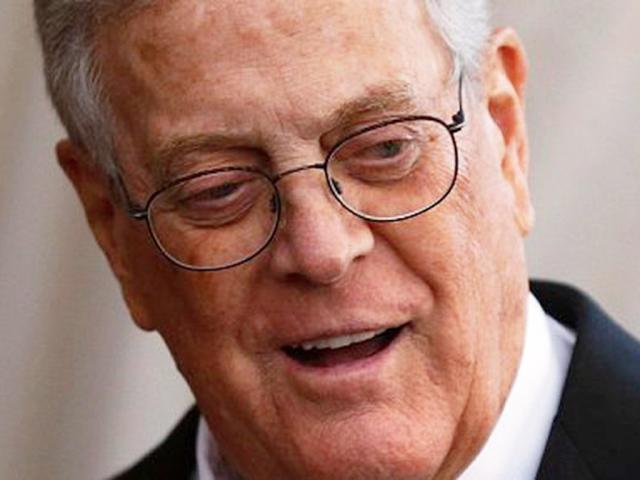
/cdn.vox-cdn.com/uploads/chorus_image/image/65024826/1155806834.jpg.0.jpg)
 A woman gets blood drawn by a phlebotomist in Boston, 2015. (Photo: Joanne Rathe/The Boston Globe via Getty Images).
A woman gets blood drawn by a phlebotomist in Boston, 2015. (Photo: Joanne Rathe/The Boston Globe via Getty Images). Health care spending has drastically increased since 1970. (Graphic: David Foster/Yahoo Finance).
Health care spending has drastically increased since 1970. (Graphic: David Foster/Yahoo Finance).

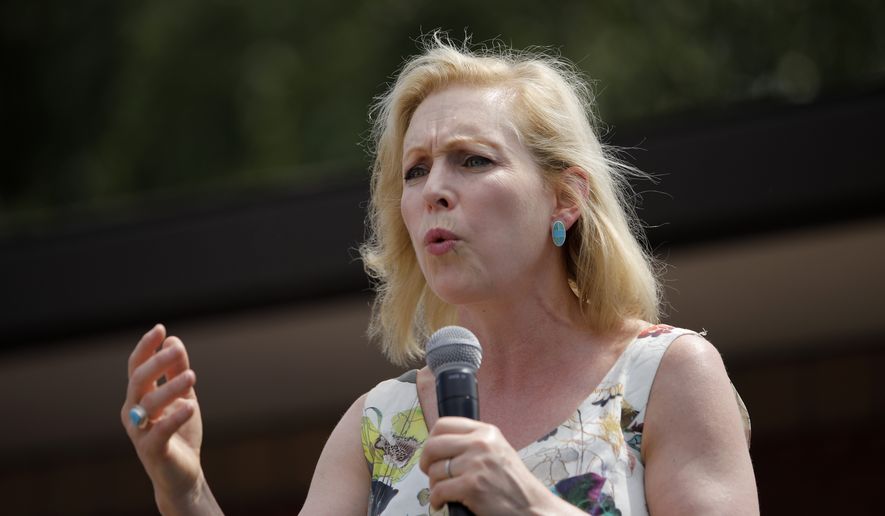


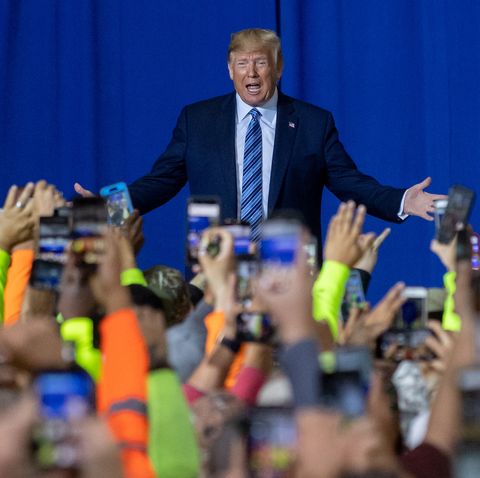
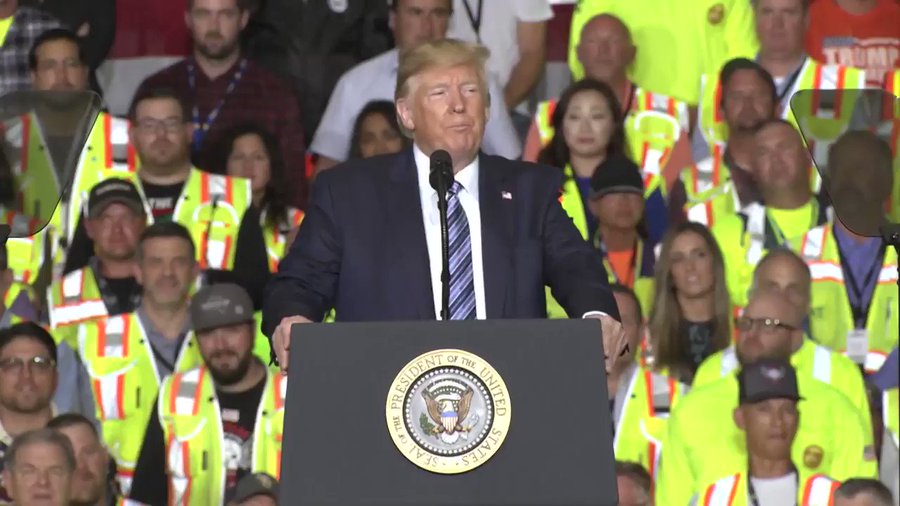

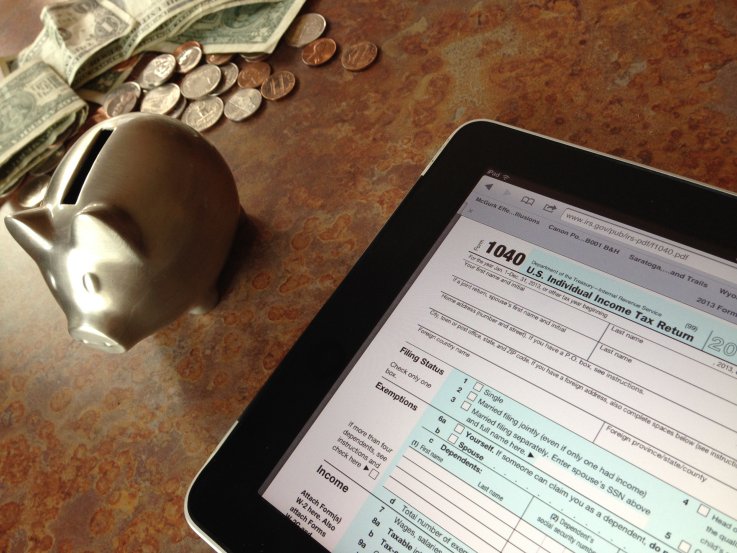
Related: